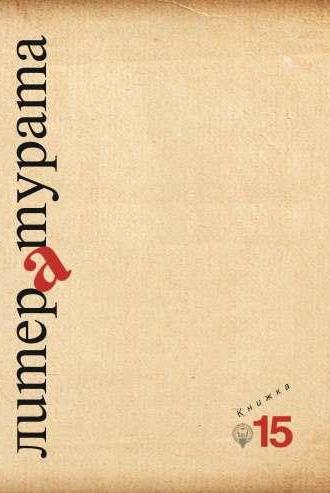
We kindly inform you that, as long as the subject affiliation of our 300.000+ articles is in progress, you might get unsufficient or no results on your third level or second level search. In this case, please broaden your search criteria.

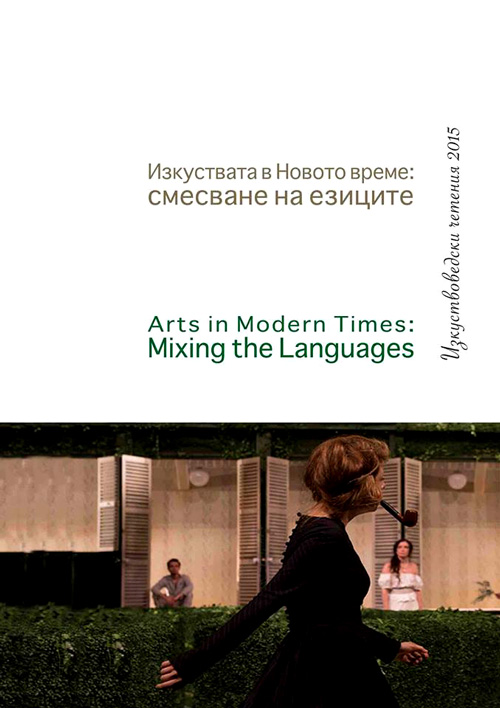

This paper is part of an extensive study of the dynamics in performing arts in an era of an explosive development of breakthrough technologies. Thе article deals with key terms such as ‘posthumanism’ (Steve Nichols, 1988; Donna Haraway, 1991; Robert Pepperell, 1995; Katherine Hayles, 1991; Manuel de Landa, 2003, etc.) in the sense of existing in a state beyond being human; ‘transhumanism’ (biotechnological development of human beings); ‘digimodernism’ (Alan Kirby, 2009); ‘cyborgism’ (David Krep, 2007); ‘hybridisation’ (Edward W. Said, 1978, Homi K. Bhabha, 1994, Philipp Stockhammer, 2012), etc. The critical discourses upon these newly coined terms are not homogenous, but are often, in fact, a series of contradictory ideas. Usually, issues of ethics and morality, language and communication between different types of social systems are also under consideration as well as of the intellectual efforts for interdisciplinarity. Some of the best examples are also considered towards creating new stage hybrids by using new technologies in Bulgaria and abroad.
More...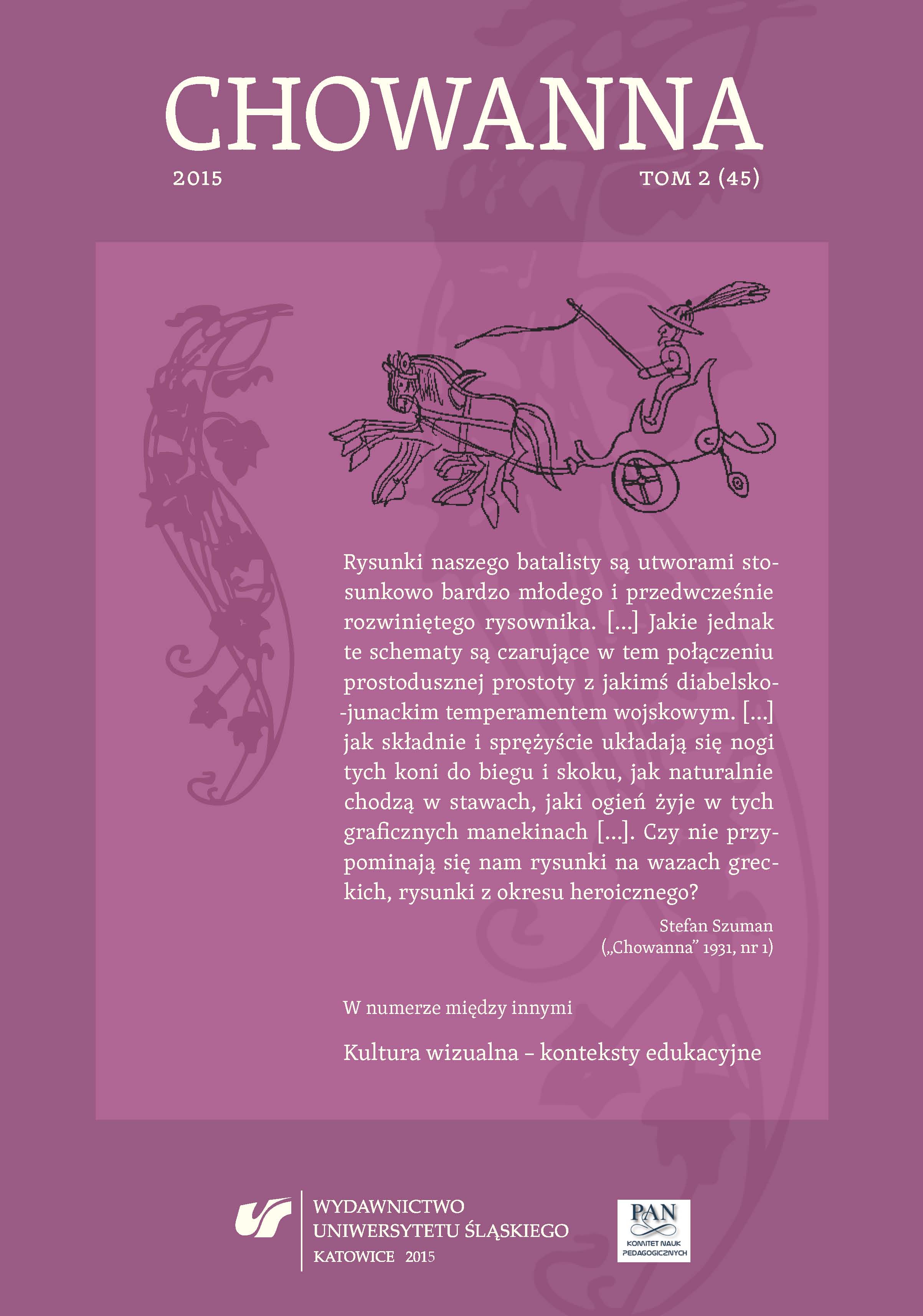
The article present one of the ways in which photographs can be employed in studies on everyday life. The purpose has been to recognize and describe elements of everyday life found in private photographs submitted to analysis. The personal documents method was used because amateur photographs belong to this category of documents. The visual data matrix elaborated by P. Sztompka was applied. The analysis of visual data suggests that the photographs document six contexts of social life (science, work, education, college holidays and celebrations, religion and religious holidays, and finally sports and recreation). Additionally, each context was interpeted from the perspective of the individuals involved, their actions and interactions, communities, culture and the surroundings.
More...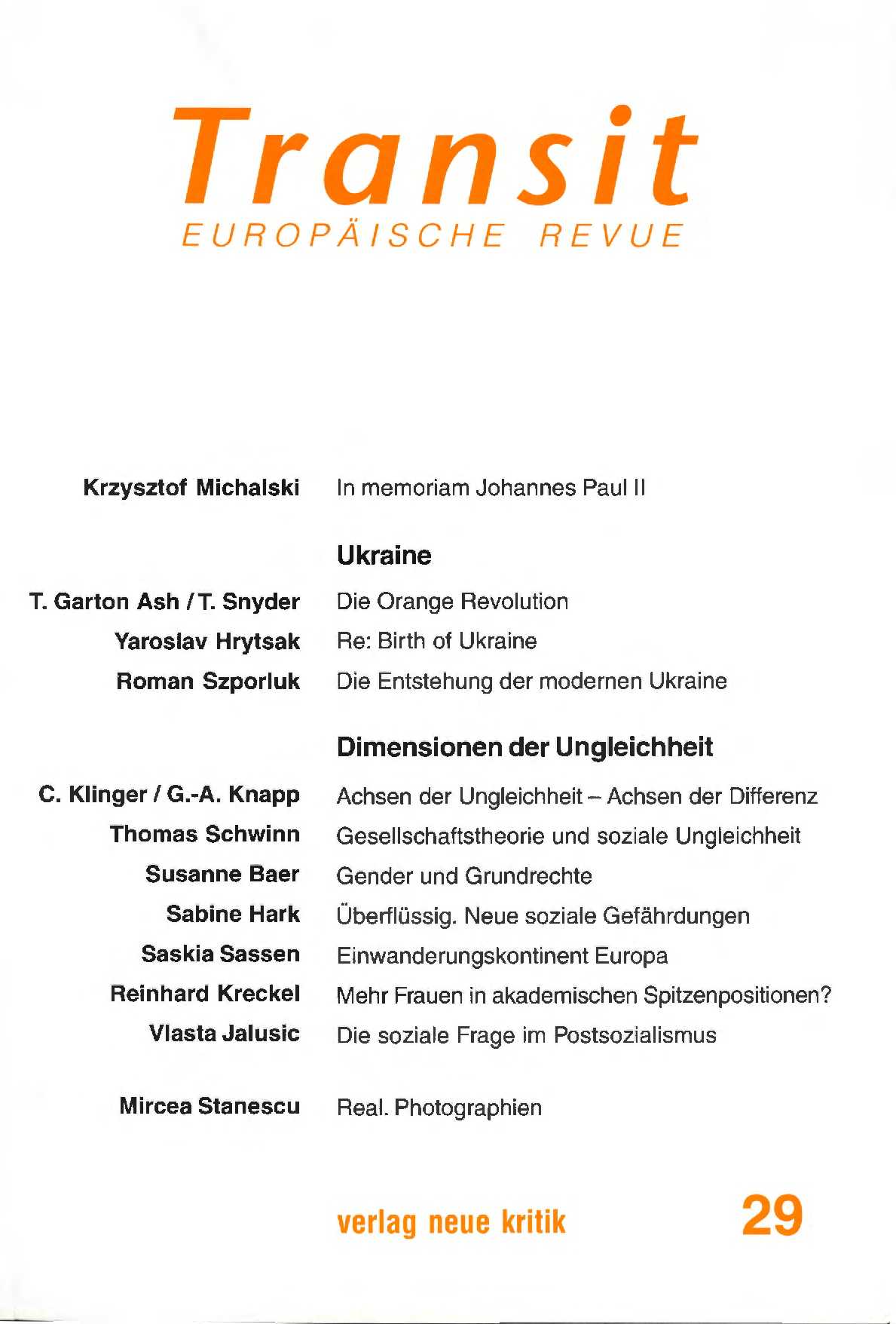

Author of this article discusses the various ways of the use of the film materials in the project “Invisible city” and their analysis (four short films about the makers of “Invisible city”, four kinograms of the studied places and one scientific film that is a form of self-reflexion of the researchers). Farther he presents a short historical and theoretical introduction to the scientific film and to his specific genre who is sociological film. For conclusion he undertakes the reflexion about the possibility of the next studies based on the film materials from the project “Invisible city”.
More...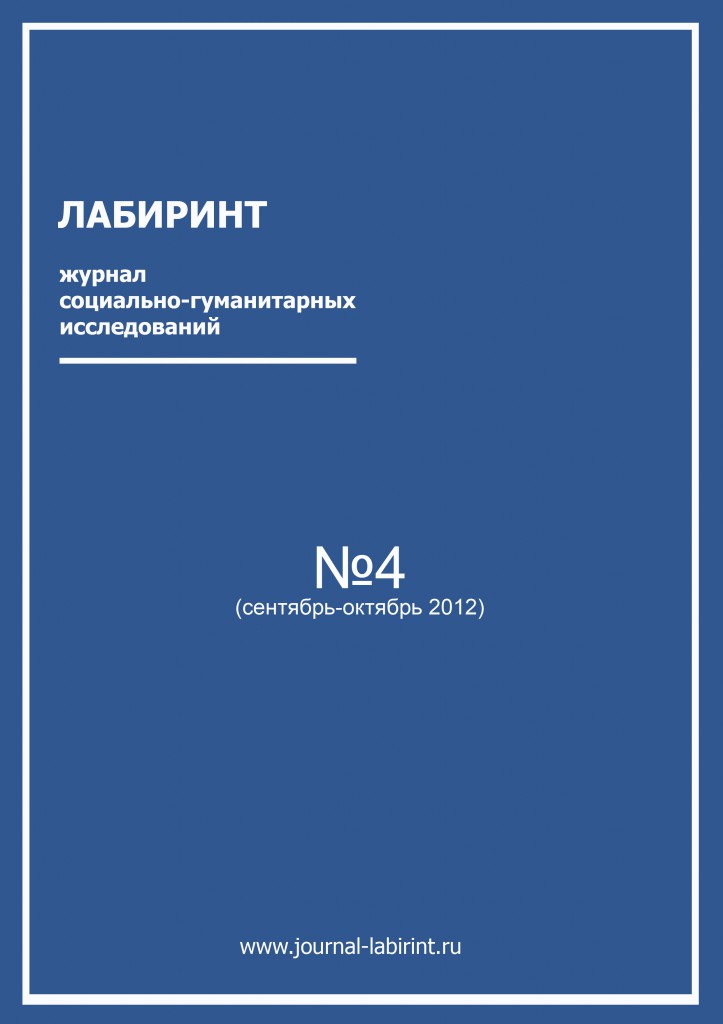
Our concerns in the paper are the differences in the ways of recollecting personal past with mediation of digital vs. analog photographs. The technology of analog photography doesn’t allow to control the final image. The main impact of digital technology for non-professional photographer is a chance to see the image before it would be saved. Therefore, while using analog camera photographer seems to encode more additional and non controllable information. It may lead to the differences in the quality of memories. Participants of the study took photographs of the same event. They took 6 photos by analog camera and 6 photos by digital camera. Participants recollected the target event twice two weeks and a year later. In accordance with hypothesis those who took analog photos recollected significantly more details and narrated better stories of the past event than those who took digital photos.
More...
28 ноября 2012 года в Музее промышленности и искусства состоялось открытие выставки «Иваново- Вознесенск. На стыке времён», приуроченной к празднованию 95-летия Иваново-Вознесенской губернии. Уникальный облик города, созданный историей, реальностью и воображением, представлен двадцатью тремя живописными работами начала XX века московского художника Михаила Константиновича Ефимова и более чем пятьюдесятью фотографиями Иваново-Вознесенска 1920 – 1930-х годов.
More...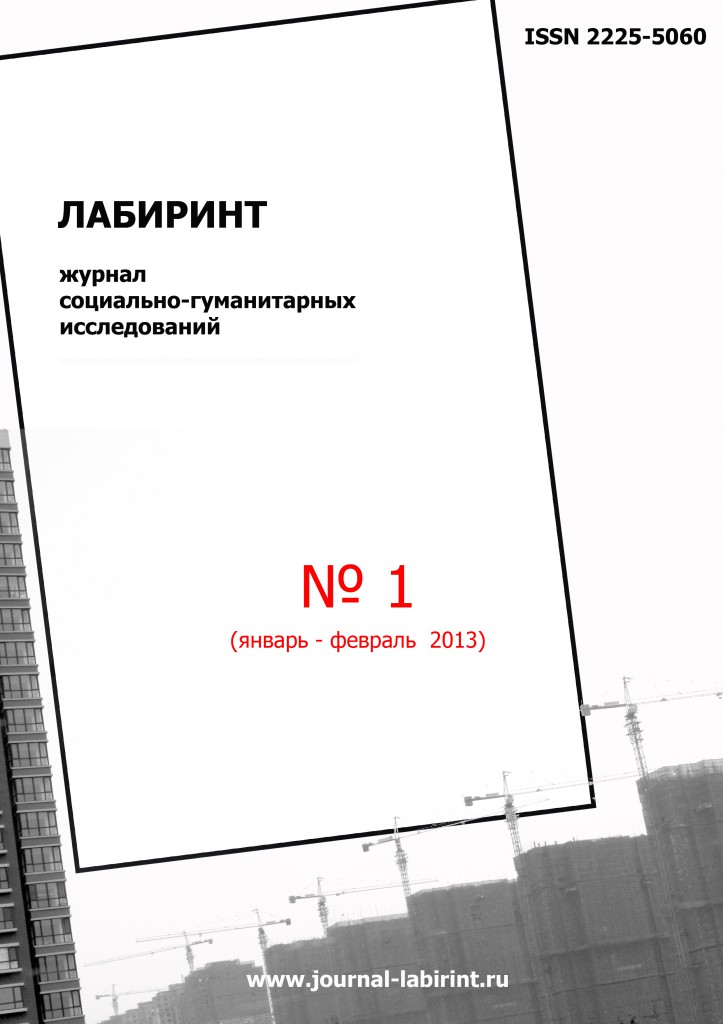
С 5 октября по 5 ноября 2012 года в Одессе проходил арт-проект «Образ мысли. 2012», созданный при участии разнообразных институций города (Одесский националь- ный университет имени И. И. Мечникова, Всеукраинский центр болгарской культуры, Одесский музей западного и восточного искусства, Одесская областная организация На- ционального союза художников Украины). Основой развернувшегося в проекте диалога стала, прежде всего, объемная выставка (из 90 работ) талантливого фотохудожника Фе- ликсы Ковальчик, кандидата физ.-мат. наук, доцента ОНУ имени И. И. Мечникова.
More...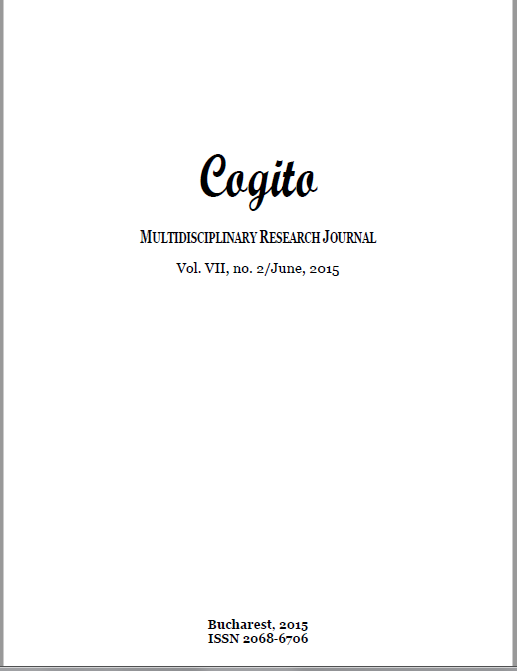
Maxime Du Camp became well known in the 19th century French literature not only as Gustave Flaubert’s close friend but also as a traveller-writer, author of many travalogues and important photographer. This article aims to illustrate the author’s vast artistic knowledge, which he acquired through the so called ‘artistic instruction journey’, an elite pedagogical and social institution which started in the 17th century, of which he became a genuine representative two centuries later.
More...
Time is a main concept in our lives. It is being studied in many areas of knowledge - physics, philosophy, painting, psychology, literature, etc. Time is a leading element in creating and interpreting the photo image. The publication discusses the views of modern authors who are recognized as international specialists and editors of culturalologists. Their essays are collected in the book „Time and Photography“ published by the Belgian publishing house Leuven University Press. The edition includes nine essays in three sections, through which the 52 authors formulate their own insights into photography, including many important but still overlooked aspects of time, culture, and art.
More...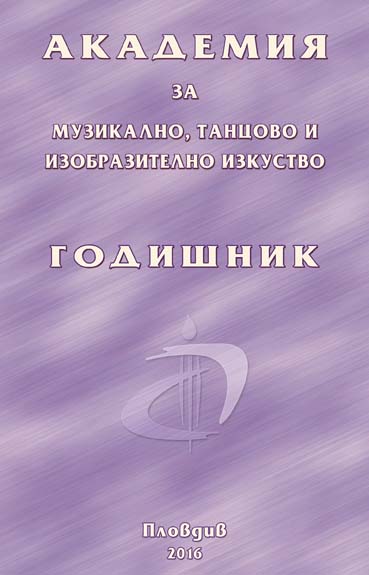
The subject of the following study is provoked by the Blessed Virgin Mary’s everlasting significance in the life of all Christians and the Church in general, hence her exceptional popularity in Bulgarian mural painting. Throughout the Church’s history and all the stages of iconography her place has constantly remained next to that of God, as Lady and Queen of Heaven. Her image has brought creation to a great number of iconographic types and scenes, all of which very clearly point out her position in the Church hierarchy, as well as her portrayal in Liturgical series served in the church. By containing the Uncontainable God, The Blessed Virgin Mary becomes the Temple herself.
More...
The paper introduces photography as a dynamic medium that crosses the boundaries of mere documentation and becomes an expressive art form capable of capturing narratives and poetics in short moments of action. The author points to photography as an artistic activity that not only fosters creativity but also provides activity and stability in one's perception of the meaning of life in one's trajectory.
More...
The article highlights the formation and content of one of the personal funds into the architectural archive of the Institute of Art Studies. The documents present part of the architectural research works of architect Panayot Kalchev (1893–1983). The analysis goes through the deep cultural values of the architectural drawings made with ink, pencil and tempera. On the one hand, I follow the historical context background to highlight the collection’s importance in the 1950s. On the other, I reconsider its meaning nowadays in the digital era of architectural graphics.
More...
Etnographic photography has as its subject traditional culture, archaic and archetipal culture, so it has great utility in understanding cultures, now treated not only through writing, but also through images. The analysis of these photos brings more information about the researched subject, but the photographer`s perception, his emotional sensitivity, or technical elements that influence the moment of the photo shoot must also be taken into account. Practically, photos can restore, at the level of a document, the identity profile of local history, with the responsibility of the community. This paper mentions several roumanian museographers – photographers and emphasizes the role of etnographic photography in a museum exhibition and in a complex anthropological research.
More...
The evolution of the art of photography at the beginning of the 20th century marks an essential step in the transformation of the image into an artistic and documentary vector, illustrating the constant dialogue between technique, creation and society. Throughout his artistic career, Brancusi took photographs of his sculptures, self-portraits and studio shots. He used his camera not only to inventory his artistic production, but also as a true means of expression through which he conducted formal and expressive experiments. These images help us to better understand and appreciate the sculptor’s intentions, thus redefining the way we perceive reality. For the artist, the photos taken in the studio also work as a memory, a reservoir of forms which keeps previous creations within immediate reach - but which also gives birth to novelty.
More...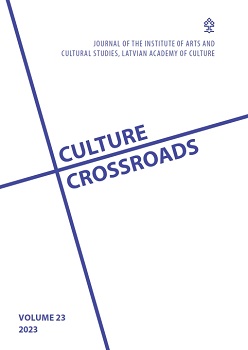
Latvian documentary filmmaker Hercs Franks (1926–2013) directed his first films in 1965, the two short documentaries were produced at the Latvian television’s production unit Telefilma-Rīga: “Salty Bread” (Sāļā maize) and “At Noon” (Pusdienā). Both films reflect an intricate practice and aesthetic element of the director – the use of still photography, which for him is both a research tool and a stylistic device present throughout his career. “Salty Bread” includes photographs as a stylistic element allowing the viewer to prolong observation of particular images, whereas in “At Noon” still photographs feature on the films’ credits, but more significant is photography’s use as a research tool for preparing the film. The intermedial studies have explored the interrelationship of different media and used intermediality as a tool for close reading of specific works, among other applications. The connection of cinema and photography represent the potential of intermedial approach through the technological, aesthetic, institutional practices. Specifically documentary cinema in its relation to photography shares additional issues of the meaning of documentality and representation of reality. Through close reading of Hercs Franks’ first films, I would argue that Franks transcends normative documentary function in the use of still photographs [Hallas 2023] and demonstrates the intermedial practice in combining photography and documentary filmmaking.
More...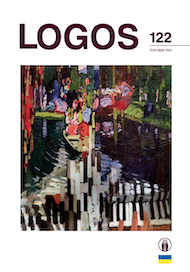
The article analyzes the personal photo albums of photographer Raimundas Urbonas (1963–1999), reflecting the period of the author’s life related to the hippy subculture (1976–1983), and the artistic photography cycle “Requiem for Old Jeans” (1987), created on the basis of the photos in these albums. Based on the cultural and art historical analysis, it is stated that the photos, texts and graphic design in R. Urbonas’ personal albums preserved the image of the hippy subculture, related to the photographer’s social and cultural environment, as well as the period of political stagnation and the end of the hippy “era”. The transfer of personal photos to the field of art caused a more generalized image of the hippy subculture, removed from personal memories and documentary, in which the importance of the intuitively perceived emotional content and existential questions became evident.
More...
The review discusses the relationship between philosophy and art as it appears in Tomas Kavaliauskas’ monograph The Question of Being in Art: Painting, Photography, Sculpture, Collage. These connections are explored primarily through the ideas of philosophers such as A. Šliogeris, M. Heidegger and J. Derrida. Combining philosophy with literature, art criticism, sculpture and photography, Kavaliauskas offers an innovative interpretation of the question of being. Engaging with various forms of art, the author emphasises an interdisciplinary approach and critically examines the traditional canons of art philosophy. In his attempt to understand the philosophical significance of artistic creation and the intensity of artistic expression, Kavaliauskas also interprets works of art. A significant part of the book is devoted to exploring the ideas of A. Šliogeris on the philosophy of art. Kavaliauskas’s philosophical critique reveals contradictions within Šliogeris’s philosophy, especially in his explanations of the relationship between art and nature. In addition, by analysing the works of artists such as Antanas Mončys, Jonas Mekas and Jurgis Mačiūnas, Kavaliauskas draws attention to the historicity of the artwork and to objects in general as important vessels of metaphysical and artistic meaning
More...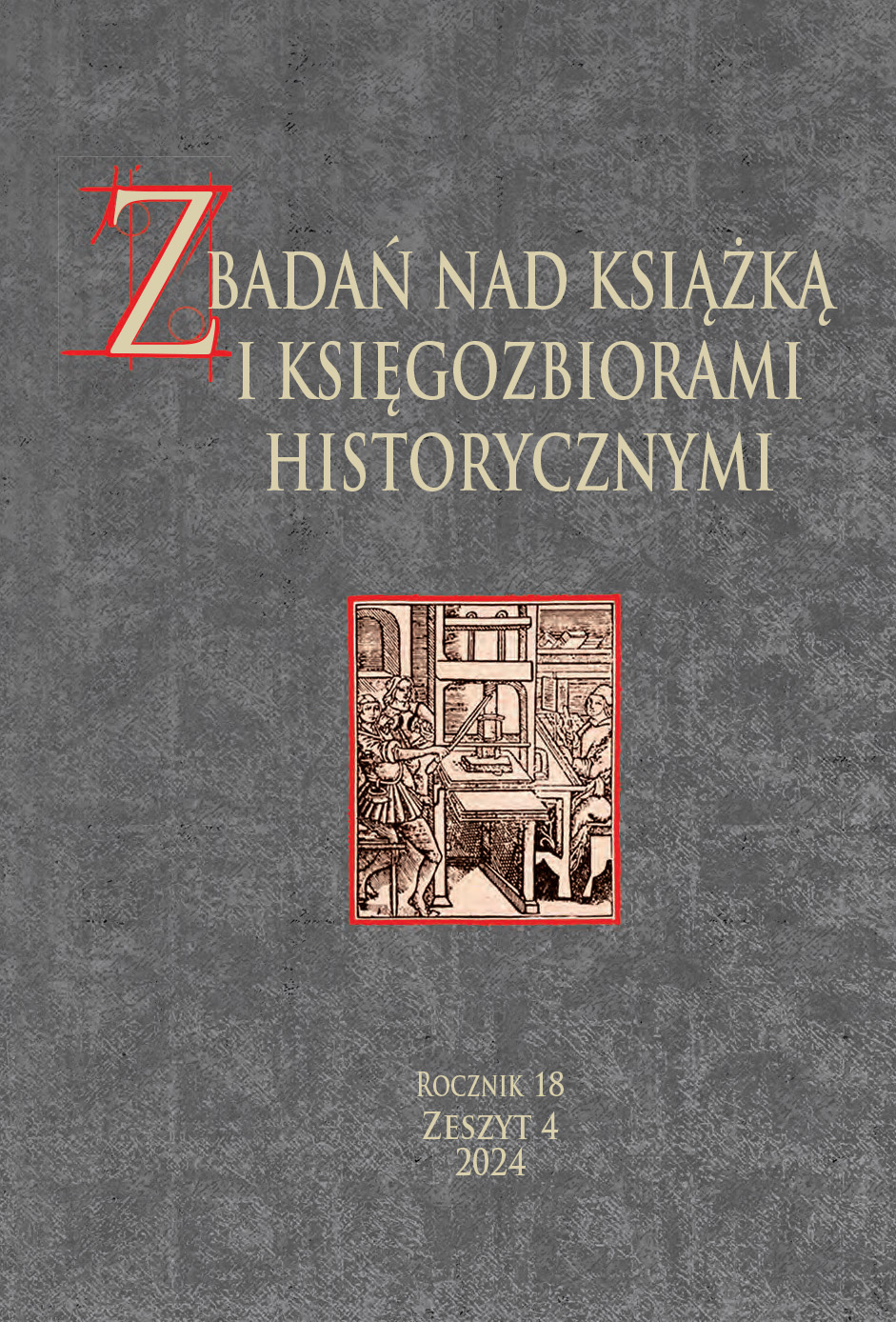
„Album of Photographs from Paintings by Polish Painters” is one of the mostimportant, and today forgotten, undertakings in the history of the publishing market and culturallife in Poland in the second half of the 19th century. Published between 1876 and 1882 in Warsawby the Altenberg and Robitschek bookstore in the form of a series of prints from paintings bycontemporary artists, it was a pioneering publication initiating on the polish market a modernway of popularizing art through photography, which was then considered the most faithfulmethod of reproduction. The reconstruction of the history and content of the publication andits reception among art consumers allowed us to recognize its importance, properly assess it inhistorical terms and place it against the background of artistic life in the 1870s and 1880s and thethen Warsaw publishing repertoire. Presenting the history and role of the „Album...” introducesreflection on the value of specific publications, such as 19th-century photographs of works ofart, into research on the history of publishing and bookselling activities in Warsaw.
More...